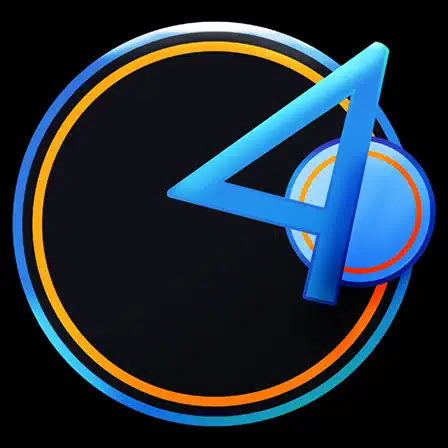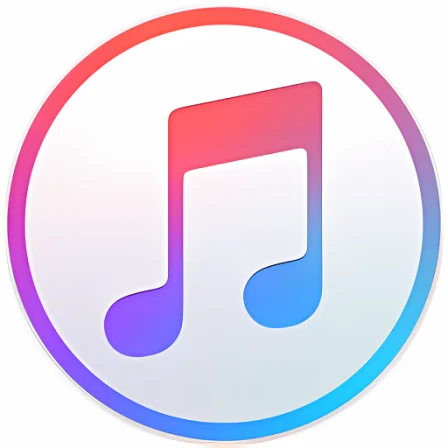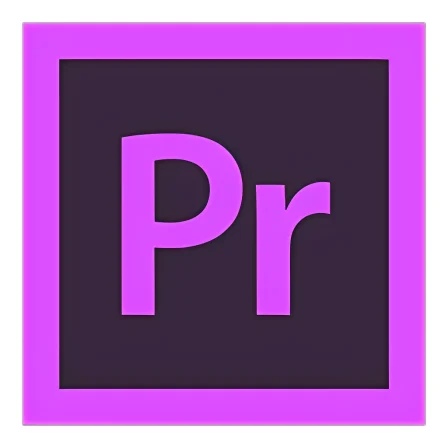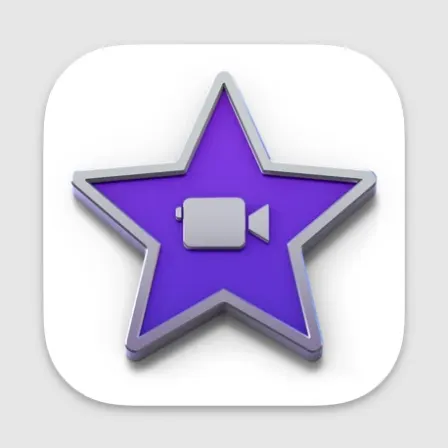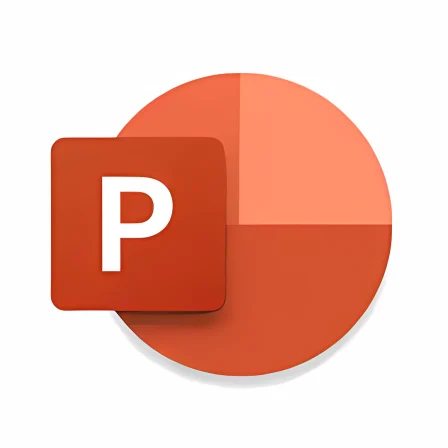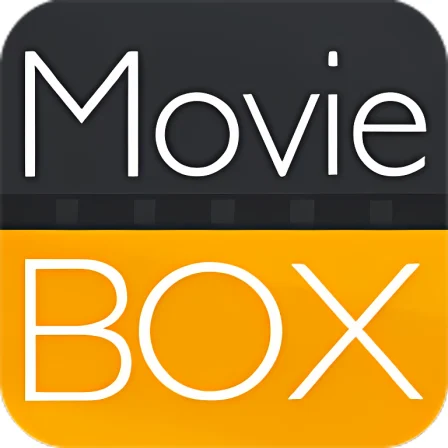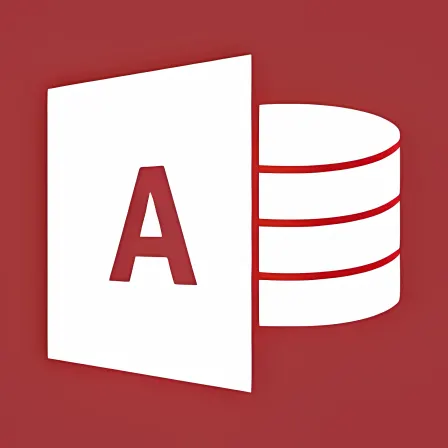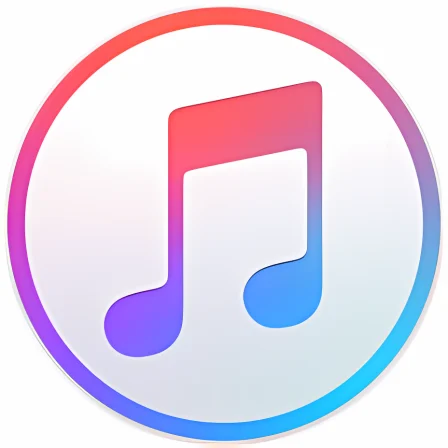NovoLookApp
Explore unique software, on unique store


Windows Media Player for Windows
Unleash Windows Media Player Magic: Play Music & Videos Smoothly
- Developer: Microsoft Corporation
- License Type: free
- Language: english
- Platform: Windows

Windows Media Player is a popular multimedia player that comes with every version of the Windows operating system. It lets you easily play music and videos without any hassle. Over time, it has added many new features to compete with other media players like iTunes for Windows or VLC. With a familiar interface and wide range of functions, this program makes it easy to find your favorite content quickly.
Since 1991, Windows Media Player has been a part of Microsoft's operating systems and is well-suited for both home and business use. The simple setup process means that you won’t have any trouble getting started with this versatile media player.
The program offers a tree-style layout for exploring file directories and has an integrated search function, so you can quickly find your favorite songs or artists. While there have been some issues with codec support in the past, recent updates have improved compatibility for various file formats like MKV and MP4.
Windows Media Player supports many features that make it easy to use on different platforms, such as Windows 7, Windows 8, or even Mac computers. You can create customized playlists by dragging and dropping files from various sources into the program's interface. The built-in five-star rating system helps you keep your media library organized, while other classic functions like CD burning remain available as well.
The interface has been updated over the years to provide a modern look without losing its familiar feel. There are new themes and icons that make it easy to use, as well as helpful tools like the Music Services button for accessing your preferred online music services. The Media Library has also been redesigned with an emphasis on visually appealing graphics rather than just plain text listings of files.
While Windows Media Player offers many advantages, there are also some limitations to consider. For example, it may display incorrect or missing metadata for your media files and doesn't support live streaming like some other players do. It lacks podcast functionality that iTunes provides, so you may need an alternative program for listening to those types of shows if necessary.
If Windows Media Player doesn't meet all your needs, there are several other media players worth considering as alternatives: VLC is a popular choice because of its simple interface and wide range of file format support. KMPlayer offers high-quality video playback options, including subtitle controls and VR settings. PotPlayer can import files from multiple sources like DVDs or TV shows for easy access to your media library across platforms. Each of these options brings something unique to the table, so try them out and see which one best fits your needs!
Overall, Windows Media Player continues to evolve with new updates coming regularly from Microsoft. This versatile media player is designed for ease of use and offers a familiar interface combined with powerful features like multiple file format support, CD burning capabilities, rating systems, playlist creation tools and more. Whether you're looking for a simple way to enjoy your favorite videos or need something that offers greater functionality on different platforms, Windows Media Player could be an excellent choice.
